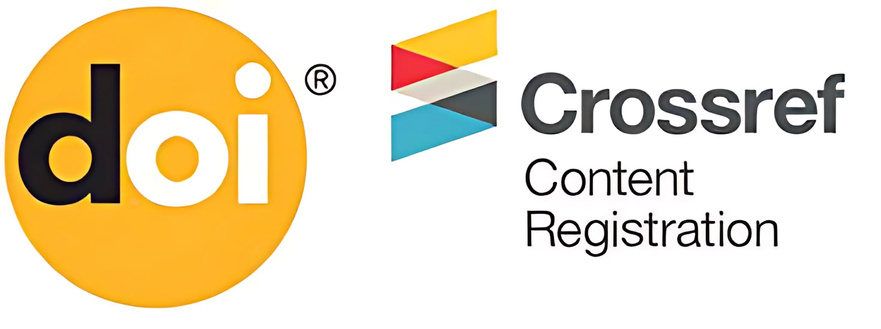Vol.14 Issue No.2 (2018): Journal of Indian Society of Toxicology
Be aware of predators!!
Over last two weeks the print media are flooded with the eye opening news about the predators flying all aroundtheir ultimate ey, i.e. the academic scholars. Well felt lines from the Indian Express (July 26, 2018) –
‘An academic in India can get credit for publishing in an ‘international’ journal in the UK or the US, when in fact it is typically a small operation run out of a house in the Hyderabad or Bareli in India’
Jeffrey Beall, the Denver-based librarian coined a term for such spurious paper publishers as ‘predator publishers’.
Inherent apathy for publishing research papers
In a personal survey on the ‘reasons for inherent apathy for publishing research papers’ among the faculty members and research scholars, I found the following answers in majority:
1. Majority of the interviewee said (83% of from basic & paraclinical sciences) - ‘my institute never helps me or backs up for publishing papers, why should I bother for research publications’
2. Next majority said (93% of them are clinicians) – ‘this is just waste of time and labour. I can divert that quality time in patient care’
These above mentioned lines conspicuously indicates the sheer absence of awareness among the Indian faculty about importance of research papers for the society and their impact on the future course of action. It is a widely felt fact that, many faculty members across the country feels - publishing a paper is a compulsive burden that has been thrust upon by the UGC Regulations or Sneh Bhargav Committee recommendations (for Autonomous Institutes of National importance, e.g. AIIMS, JIPMER, PGIMER, NIMHANS). Both of these authorities recommended a minimum mandatory number of paper publications as a prerequisite for appointment of teachers/other academic staff in Universities/Colleges and is a parameter for the future promotions in Higher Education.
What is drive for ‘predatory publication’?!
The pressure to publish, and to present papers at conferences in order to collect the marks needed for recruitments/promotions is the single most commonly observed reason for pay-to-publish practices in India. The second most common cause is - sheer apathy, a passive discouragement shown by the institutions towards research works of their employees. The lack of awareness of the impact genuine research both among the academicians and the administrators/rule-makers is another important cause often incentivizes predatory publication.
The UGC Guidelines, 2010 recommended 15 marks for each article published in “peer reviewed, indexed or Journals of a Scientific Society”, and 10 marks for those published in “Non-refereed but recognized and reputable journals and periodicals, having ISBN/ISSN numbers”. Each publication in “Conference proceedings as full papers, etc.” fetches 10 marks. Under the Regulations, the Academic Performance Index (API) score for a paper is augmented based on the “impact factor” — a measure of the frequency with which the average article in a journal has been cited in a particular year — of the refereed journal. However, the API provision was scrapped for college teachers last month so they could focus on teaching without feeling pressured to undertake research, but continues for universities.
Who is the prey?!
It can be any desperate academician whose promotion is in due or young professionals awaiting for recruitment to faculty posts. Even senior professors are not barred from the victimization. The hankering for easy way of getting a publication is the single most drive for both the prey and the predator thereof.
A market of ‘pay-and-publish’ business
Predatory publishers are indeed giving a bad name to India and jeopardise both the economy and the education system. In a recent survey it was found that, around 300 publishers from India publishing more than 6,000 journals and organizing hundreds of conferences in the country and abroad are found to be fake.Those publishers practiced ‘predatory publishing’. And, most of them in guise of US or UK based (international) publisher actually run from a small cabin in Hyderabad or Roorkee. They are ubiquitously spread all over India, from Chennai to Berhampur and Roorkee to Hyderabad. Many such predator publishers organize conferences to give credit points to the participants on payment basis; unfortunately this menace is increasing in staggering numbers.
Modus operandi of ‘publication predators’
The fake publishers push numerous spurious emails to the potential victims in a cent percent assurance of publishing his/her paper just for some bucks. And, it’s obvious that such publications are neither peer reviewed nor have any authenticity. Despite this fact, many faculty, academicians (even VCs, professors from AIIMS or IIT are not spared from the victim list) fall prey to their spurious claim of impact factor, indexation and ISSN/ISSBN information. The victims never bother to cross check the veracity of the impact factor or indexation information as claimed in the emails of fake publishers. The predator first make an attractive bait by putting the names of people of eminence (in the field) among
the editorial board members; which ultimately wins the faith of the prey and makes him gullible enough to submit paper with money. Recently noticed that, the Vice- Chancellor of Punjab University, AIIMS director and some IIT professors are the victims of the ‘predator publication’.
Consequences
Responding to the investigation, Union HRD Minister Prakash Javadekar asked the UGC to weed out predatory and substandard journals from its list of approved journals which will ultimately lead to the forfeiture of the publications (made through pay & publish methods), the money and the time spent by the authors. The ultimate sufferer is the author he/herself. Hence, it’s advisable that be judicious before submitting a paper to a journal and never respond to the spurious emails asking for paper publication.



